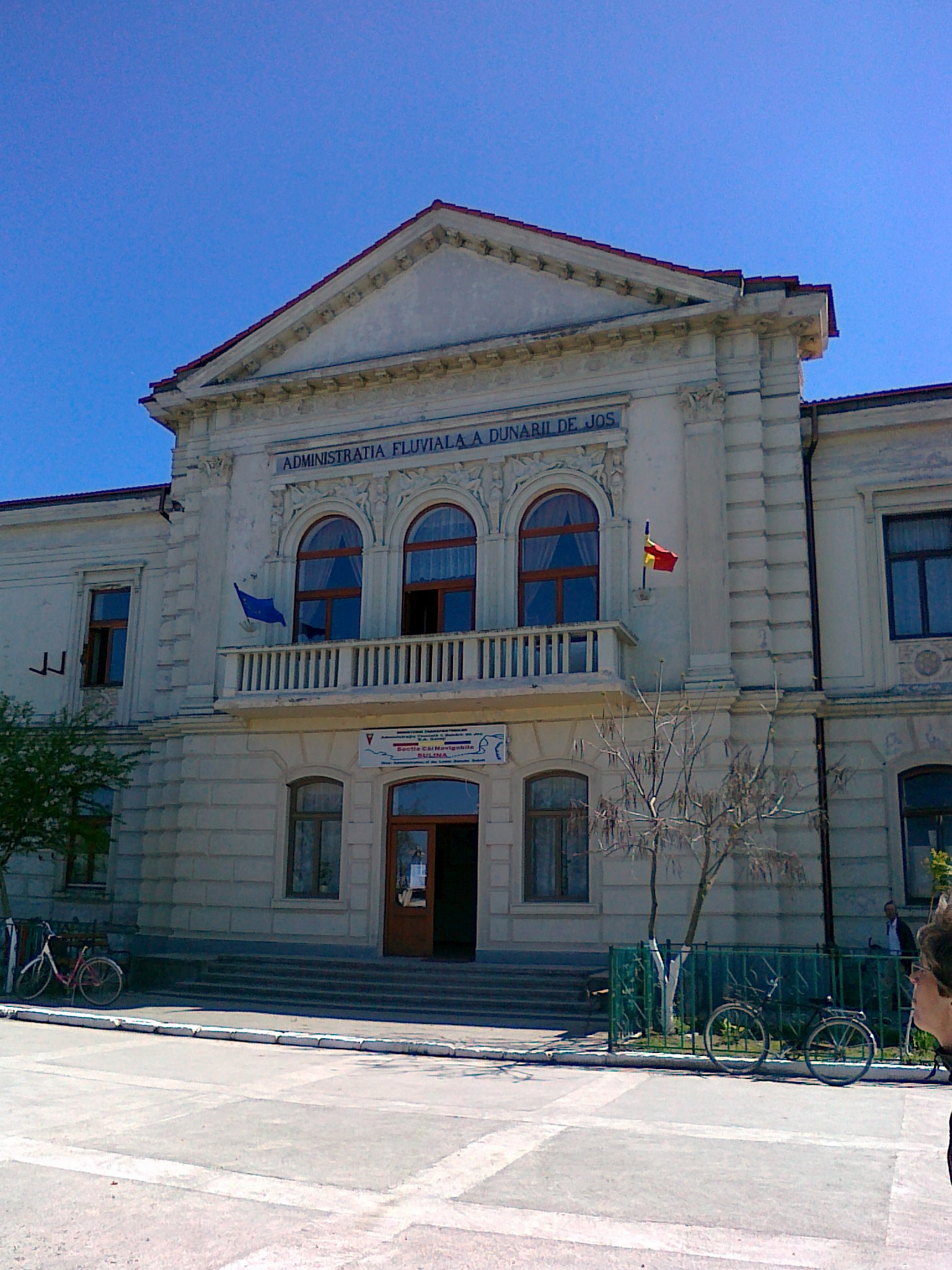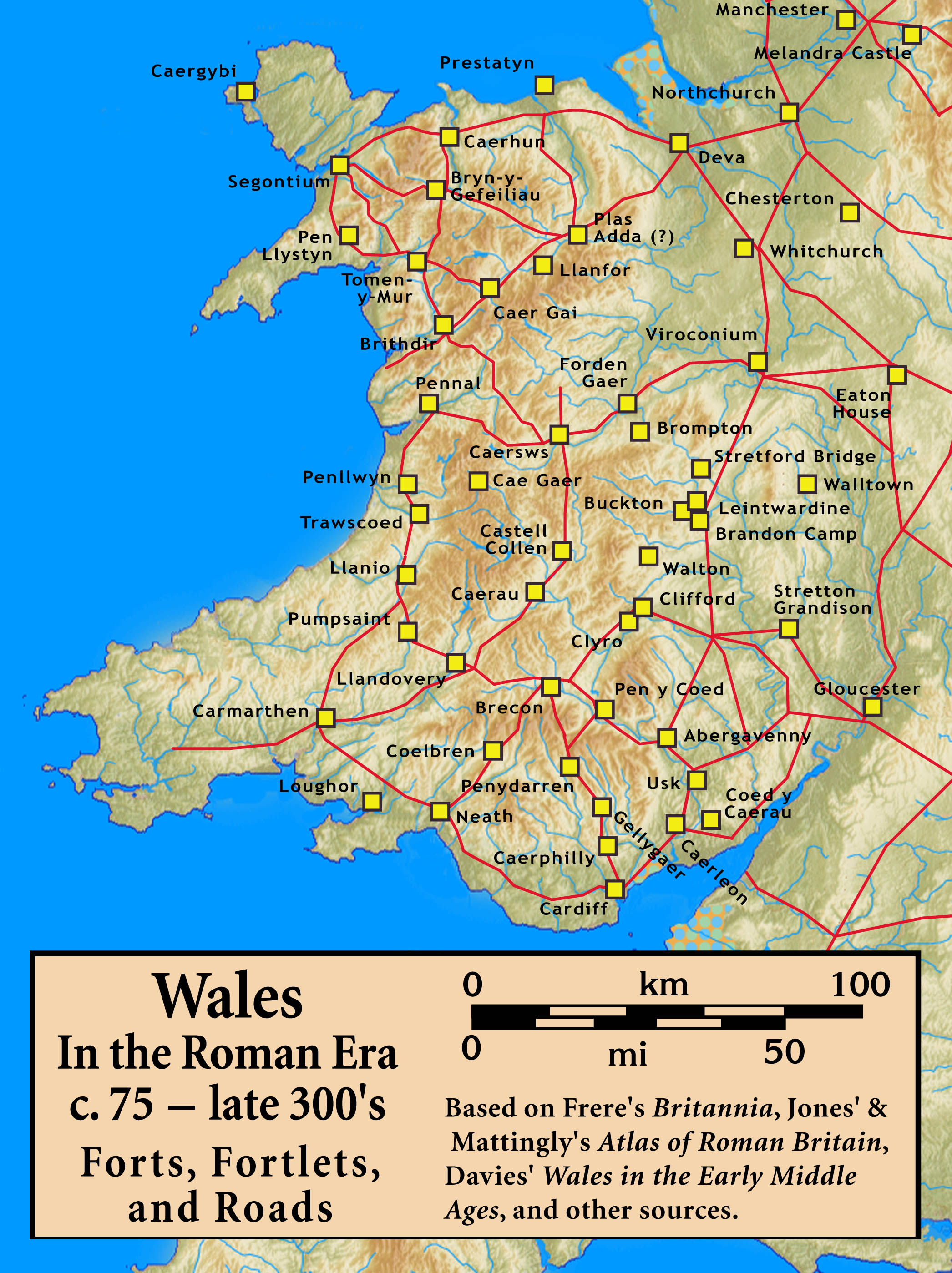|
Ad Stoma (castra)
Ad Stoma was a fort A fortification is a military construction or building designed for the defense of territories in warfare, and is also used to establish rule in a region during peacetime. The term is derived from Latin ''fortis'' ("strong") and ''facere'' ... in the Roman province of Moesia. As Tabula Peutingeriana shows it is situated between Histriopolis (castra), Histriopolis and Salsovia; 60 Roman mile, miles from Histriopolis and 24 miles from Salsovia. See also *List of castra#Moesia, List of castra External linksRoman castra from Romania - Google MapsEarth Notes Roman legionary fortresses in Romania History of Dobruja {{Dacia-stub ... [...More Info...] [...Related Items...] OR: [Wikipedia] [Google] [Baidu] |
Tabula Peutingeriana
' (Latin for "The Peutinger Map"), also referred to as Peutinger's Tabula or Peutinger Table, is an illustrated ' (ancient Roman road map) showing the layout of the '' cursus publicus'', the road network of the Roman Empire. The map is a 13th-century parchment copy of a possible Roman original. It covers Europe (without the Iberian Peninsula and the British Isles), North Africa, and parts of Asia, including the Middle East, Persia, and India. According to one hypothesis, the existing map is based on a document of the 4th or 5th century that contained a copy of the world map originally prepared by Agrippa during the reign of the emperor Augustus (27 BC – AD 14). However, Emily Albu has suggested that the existing map could instead be based on an original from the Carolingian period. The map was likely stolen by the renowned humanist Conrad Celtes, who bequeathed it to his friend, the economist and archaeologist Konrad Peutinger, who gave it to Emperor Maximilian I, as part of ... [...More Info...] [...Related Items...] OR: [Wikipedia] [Google] [Baidu] |
Moesia
Moesia (; Latin: ''Moesia''; el, Μοισία, Moisía) was an ancient region and later Roman province situated in the Balkans south of the Danube River, which included most of the territory of modern eastern Serbia, Kosovo, north-eastern Albania, northern parts of North Macedonia (Moesia Superior), Northern Bulgaria, Romanian Dobruja and small parts of Southern Ukraine (Moesia Inferior). Geography In ancient geographical sources, Moesia was bounded to the south by the Haemus ( Balkan Mountains) and Scardus (Šar) mountains, to the west by the Drinus (Drina) river, on the north by the Donaris (Danube) and on the east by the Euxine (Black Sea). History The region was inhabited chiefly by Thracians, Dacians (Thraco-Dacian), Illyrian and Thraco-Illyrian peoples. The name of the region comes from Moesi, Thraco-Dacian peoples who lived there before the Roman conquest. Parts of Moesia belonged to the polity of Burebista, a Getae king who established his rule over a large ... [...More Info...] [...Related Items...] OR: [Wikipedia] [Google] [Baidu] |
Histriopolis (castra)
Histria or Istros ( grc, Ἰστρίη, Thracian river god, Danube), was a Greek colony or ''polis'' (πόλις, city) near the mouths of the Danube (known as Ister in Ancient Greek), on the western coast of the Black Sea. It was the first urban settlement on today's Romanian territory when founded by Milesian settlers in the 7th century BC. It was under Roman rule from the 1st to 3rd centuries AD. Invasions during the 7th century AD rendered it indefensible, and the city was abandoned. In antiquity, it also bore the names Istropolis, Istriopolis, and Histriopolis (Ἰστρόπολις, Ἰστρία πόλις). Histriopolis was a fort in the Roman province of Moesia. As Tabula Peutingeriana shows it is situated between Tomis and Ad Stoma; 11 miles from Tomis and 9 miles from Ad Stoma. History Established by Milesian settlers in order to facilitate trade with the native Getae, it is considered the oldest urban settlement on Romanian territory. Scymnus of Chios (ca 110&nbs ... [...More Info...] [...Related Items...] OR: [Wikipedia] [Google] [Baidu] |
Enisala
Sarichioi (russian: Сарикёй, from tr, Sarıköy, "Yellow Village" ) is a commune in Tulcea County, Northern Dobruja, Romania. It is composed of five villages: Enisala, Sabangia, Sarichioi, Zebil, and Visterna. Besides the ethnic Romanian majority (56.4% of the population), the commune is home to a sizeable Lipovan community (43.1%). The village of ''Enisala'' ( tr, Yeni Sala, bg, Ново село, "New Village") is the site of a fortress dominating nearby lakes (previously gulfs) of Razelm and Babadag. Dated to the late 13th or the beginning of the 14th century, it was built to control the travel routes that passed through the region. The fortress' three hexagonal towers are the only ones of this type found in the whole region of Dobruja. There are several competing theories regarding its builders. On the one hand, some historians consider that its architecture is reminiscent of the Western manner of planning, and attribute it either to the Genoese, who held several tra ... [...More Info...] [...Related Items...] OR: [Wikipedia] [Google] [Baidu] |
Tulcea County
Tulcea County () is a county (județ) of Romania, in the historical region Dobruja, with the capital city at Tulcea. It includes in its northeast corner the large and thinly-populated estuary of the Danube. Demographics In 2011, Tulcea County had a population of 201,462. The population density was 23.7/km², the lowest among the counties of Romania, due to the inclusion within the area of the lowly-populated Danube estuarial wetlands. * Romanians - 89.13% * Lipovans - 5.41% * Turks - 0.93% * Romani - 1.87% * Greeks - 0.65% In the Danube Delta there is an important community of Russians and Lipovans. In the south of the county there are communities of Turks. The region once was a centre of Islam in Romania. Geography The county has a total area of . The most significant feature of Tulcea County is the Danube Delta, which occupies about 1/3 of the entire surface and is located in the North-East side of the county. The Delta has three main branches: the Sulina ... [...More Info...] [...Related Items...] OR: [Wikipedia] [Google] [Baidu] |
Castra
In the Roman Republic and the Roman Empire, the Latin word ''castrum'', plural ''castra'', was a military-related term. In Latin usage, the singular form ''castrum'' meant 'fort', while the plural form ''castra'' meant 'camp'. The singular and plural forms could refer in Latin to either a building or plot of land, used as a fortified military base.. Included is a discussion about the typologies of Roman fortifications. In English usage, ''castrum'' commonly translates to "Roman fort", "Roman camp" and "Roman fortress". However, scholastic convention tends to translate ''castrum'' as "fort", "camp", "marching camp" or "fortress". Romans used the term ''castrum'' for different sizes of camps – including large legionary fortresses, smaller forts for cohorts or for auxiliary forces, temporary encampments, and "marching" forts. The diminutive form ''castellum'' was used for fortlets, typically occupied by a detachment of a cohort or a ''centuria''. For a list of known cast ... [...More Info...] [...Related Items...] OR: [Wikipedia] [Google] [Baidu] |
Roman Mile
The mile, sometimes the international mile or statute mile to distinguish it from other miles, is a British imperial unit and United States customary unit of distance; both are based on the older English unit of length equal to 5,280 English feet, or 1,760 yards. The statute mile was standardised between the British Commonwealth and the United States by an international agreement in 1959, when it was formally redefined with respect to SI units as exactly . With qualifiers, ''mile'' is also used to describe or translate a wide range of units derived from or roughly equivalent to the Roman mile, such as the nautical mile (now exactly), the Italian mile (roughly ), and the Chinese mile (now exactly). The Romans divided their mile into 5,000 Roman feet but the greater importance of furlongs in Elizabethan-era England meant that the statute mile was made equivalent to or in 1593. This form of the mile then spread across the British Empire, some successor states of wh ... [...More Info...] [...Related Items...] OR: [Wikipedia] [Google] [Baidu] |
List Of Castra
Castra ( Latin, singular castrum) were military forts of various sizes used by the Roman army throughout the Empire in various places of Europe, Asia and Africa. The largest castra were permanent legionary fortresses. Locations The disposition of the castra reflects the most important zones of the empire from a military point of view. Many castra were disposed along frontiers particularly in Northern and Central Europe. Another focal point was the Eastern border, where the Roman Empire confronted one of its long-term enemies, the Persian Empire. Other castra were located in strategically important zones, as in Egypt, from which most of the wealth of the empire came. Finally, other castra were located in zones in which the Romans experienced local unrest, such as Northern Spain and Judea. Provinces where the Roman power was unchallenged, such as Italy, Gaul, Africa and Greece, were provided with few or no castra. In the long history of the Roman Empire, the character of the mil ... [...More Info...] [...Related Items...] OR: [Wikipedia] [Google] [Baidu] |
Roman Legionary Fortresses In Romania
Roman or Romans most often refers to: *Rome, the capital city of Italy *Ancient Rome, Roman civilization from 8th century BC to 5th century AD *Roman people, the people of ancient Rome *'' Epistle to the Romans'', shortened to ''Romans'', a letter in the New Testament of the Christian Bible Roman or Romans may also refer to: Arts and entertainment Music *Romans (band), a Japanese pop group * ''Roman'' (album), by Sound Horizon, 2006 * ''Roman'' (EP), by Teen Top, 2011 *"Roman (My Dear Boy)", a 2004 single by Morning Musume Film and television * Film Roman, an American animation studio * ''Roman'' (film), a 2006 American suspense-horror film * ''Romans'' (2013 film), an Indian Malayalam comedy film * ''Romans'' (2017 film), a British drama film * ''The Romans'' (''Doctor Who''), a serial in British TV series People * Roman (given name), a given name, including a list of people and fictional characters * Roman (surname), including a list of people named Roman or Romans *Ῥωμ� ... [...More Info...] [...Related Items...] OR: [Wikipedia] [Google] [Baidu] |



